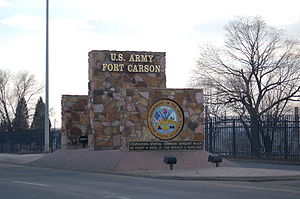
El Paso County is the most populous county located in the American state of Colorado. As of the 2020 Census, the population was 730,395, surpassing the City and County of Denver. The county seat is Colorado Springs, the second most populous city in Colorado. El Paso County is included in the Colorado Springs, Colorado, Metropolitan Statistical Area.
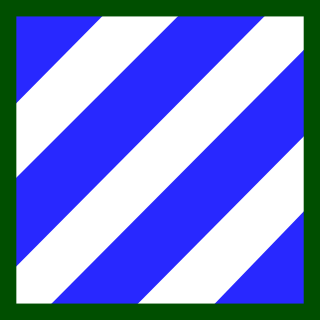
Fort Stewart is a United States Army post in the U.S. state of Georgia. It lies primarily in Liberty and Bryan counties, but also extends into smaller portions of Evans, Long and Tattnall counties. The nearby city of Hinesville, along with Ft. Stewart and the rest of Liberty and Long Counties, comprise the Hinesville metropolitan area. Many of Fort Stewart's residents are members of the 3rd Infantry Division.

Fort Bliss is a United States Army post in New Mexico and Texas, with its headquarters in El Paso, Texas. Named in honor of LTC William Bliss (1815–1853), a mathematics professor who was the son-in-law of President Zachary Taylor, Ft. Bliss has an area of about 1,700 square miles (4,400 km2); it is the largest installation in FORSCOM and second-largest in the Army overall. The portion of the post located in El Paso County, Texas, is a census-designated place with a population of 8,591 as of the time of the 2010 census. Fort Bliss provides the largest contiguous tract of restricted airspace in the Continental United States, used for missile and artillery training and testing, and at 992,000 acres boasts the largest maneuver area. The garrison's land area is accounted at 1.12 million acres, ranging to the boundaries of the Lincoln National Forest and White Sands Missile Range in New Mexico. Fort Bliss also includes the Castner Range National Monument.
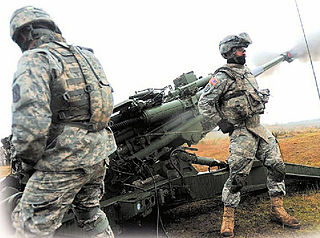
Fort Lewis is a United States Army base located 9.1 miles (14.6 km) south-southwest of Tacoma, Washington. Fort Lewis was merged with McChord Air Force Base on February 1, 2010, to form Joint Base Lewis–McChord.
Fort Cavazos is a United States Army post located near Killeen, Texas. The post is named after Gen. Richard E. Cavazos, a native Texan and the US Army’s first Hispanic four-star general. Formerly named Fort Hood for Confederate General John Bell Hood, the post is located halfway between Austin and Waco, about 60 mi (97 km) from each, within the U.S. state of Texas. The post is the headquarters of III Armored Corps and First Army Division West and is home to the 1st Cavalry Division and 3rd Cavalry Regiment, among others.
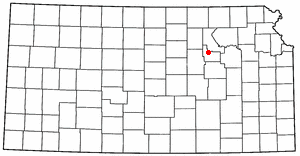
Fort Riley is a United States Army installation located in North Central Kansas, on the Kansas River, also known as the Kaw, between Junction City and Manhattan. The Fort Riley Military Reservation covers 101,733 acres (41,170 ha) in Geary and Riley counties. The portion of the fort that contains housing development is part of the Fort Riley census-designated place, with a residential population of 7,761 as of the 2010 census. The fort has a daytime population of nearly 25,000. The ZIP Code is 66442.
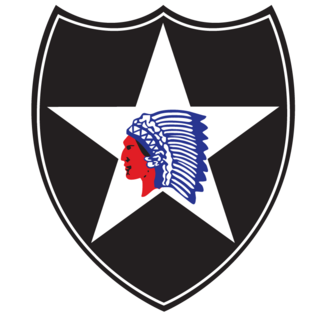
The 2nd Infantry Division ("Indianhead") is a formation of the United States Army. Since the 1960s, its current primary mission is the pre-emptive defense of South Korea in the event of an invasion from North Korea. There are approximately 17,000 soldiers in the 2nd Infantry Division, with 10,000 of them stationed in South Korea, accounting for about 35% of the United States Forces Korea personnel. Denoted the 2nd Infantry Division-ROK/U.S. Combined Division (2ID/RUCD), the division is augmented by rotational Brigade Combat Teams (BCTs) from other U.S. Army divisions.

The 4th Infantry Division is a division of the United States Army based at Fort Carson, Colorado. It is composed of a division headquarters battalion, three brigade combat teams, a combat aviation brigade, a division sustainment brigade, and a division artillery.
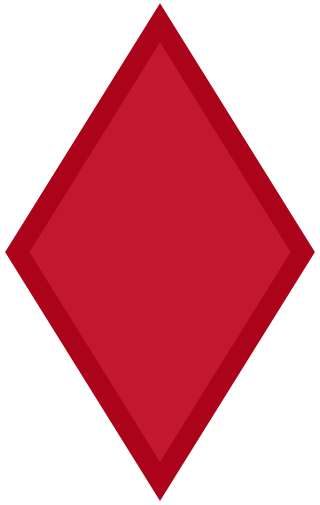
The 5th Infantry Division (Mechanized)—nicknamed the "Red Diamond", or the "Red Devils" —was an infantry division of the United States Army that served in World War I, World War II and the Vietnam War, and with NATO and the U.S. Army III Corps. It was inactivated on 24 November 1992 and reflagged as the 2nd Armored Division.

Fort Irwin National Training Center is a major training area for the United States military in the Mojave Desert in northern San Bernardino County, California. Fort Irwin is at an average elevation of 2,454 feet (748 m). It is located 37 miles (60 km) northeast of Barstow, in the Calico Mountains.

Fort Moore is a United States Army post near Columbus, Georgia. Located on Georgia's border with Alabama, Fort Moore supports more than 120,000 active-duty military, family members, reserve component soldiers, retirees and civilian employees on a daily basis. As a power projection platform, the post can deploy combat-ready forces by air, rail, and highway for their designated mission. Fort Moore is the home of the United States Army Maneuver Center of Excellence, the United States Army Armor School, United States Army Infantry School, the Western Hemisphere Institute for Security Cooperation, elements of the 75th Ranger Regiment, the 1st Security Force Assistance Brigade, and other tenant units.

Fort Devens is a United States Army Reserve military installation in the towns of Ayer and Shirley, in Middlesex County and Harvard in Worcester County in the U.S. state of Massachusetts. Due to extensive environmental contamination it was listed as a superfund site in 1989. Most of the fort's land was sold off in 1996, but the cantonment area of the post was retained by the Army as the Devens Reserve Forces Training Area (RFTA). Fort Devens was reactivated in May 2007, though no units of active Army have been located there. The Devens Range Complex operates on property in Lancaster, south of Route 2, for live-fire training with small arms, machine guns, grenades, and rockets.

The Air Assault Badge is awarded by the U.S. Army for successful completion of the Air Assault School. The course includes three phases of instruction involving U.S. Army rotary wing aircraft: combat air assault operations; rigging and slingloading operations; and rappelling from a helicopter.
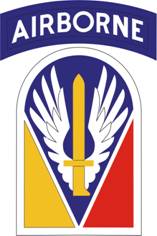
Fort Johnson, formerly Fort Polk, is a United States Army installation located in Vernon Parish, Louisiana, about 10 miles (15 km) east of Leesville and 30 miles (50 km) north of DeRidder in Beauregard Parish.

Fort Richardson is a United States Army installation in the U.S. State of Alaska, adjacent to the city of Anchorage. In 2010, it was merged with nearby Elmendorf Air Force Base to form Joint Base Elmendorf-Richardson.
The United States Army Regimental System (USARS) is an organizational and classification system used by the United States Army. It was established in 1981 to replace the Combat Arms Regimental System (CARS) to provide each soldier with continuous identification with a single regiment, and to increase a soldier's probability of serving recurring assignments with their regiment. The USARS was intended to enhance combat effectiveness by providing the opportunity for a regimental affiliation, thus obtaining some of the benefits of the traditional regimental system.
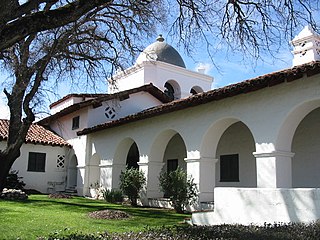
Fort Hunter Liggett is a United States Army post in Jolon, California, in southern Monterey County, California. The fort, named in 1941 after General Hunter Liggett, is primarily used as a training facility, where activities such as field maneuvers and live fire exercises are performed. It is roughly 25 miles northwest of Camp Roberts, California.

The Piñon Canyon Maneuver Site is a 235,896 acre (955 km2) U.S. Army base in southeastern Colorado. The Piñon Canyon Maneuver Site (PCMS) is a training site for Fort Carson. In 2003, the U.S. Army announced a plan to expand PCMS by purchasing additional land mostly owned by individuals and devoted to ranching. Local residents and conservation organizations opposed the expansion. In 2013 the Army cancelled the planned expansion.

Fort Drum is a U.S. Army military reservation and a census-designated place (CDP) in Jefferson County, near the western border of northern New York, United States. The population of the CDP portion of the base was 12,955 at the 2010 census. It is home to the 10th Mountain Division.
